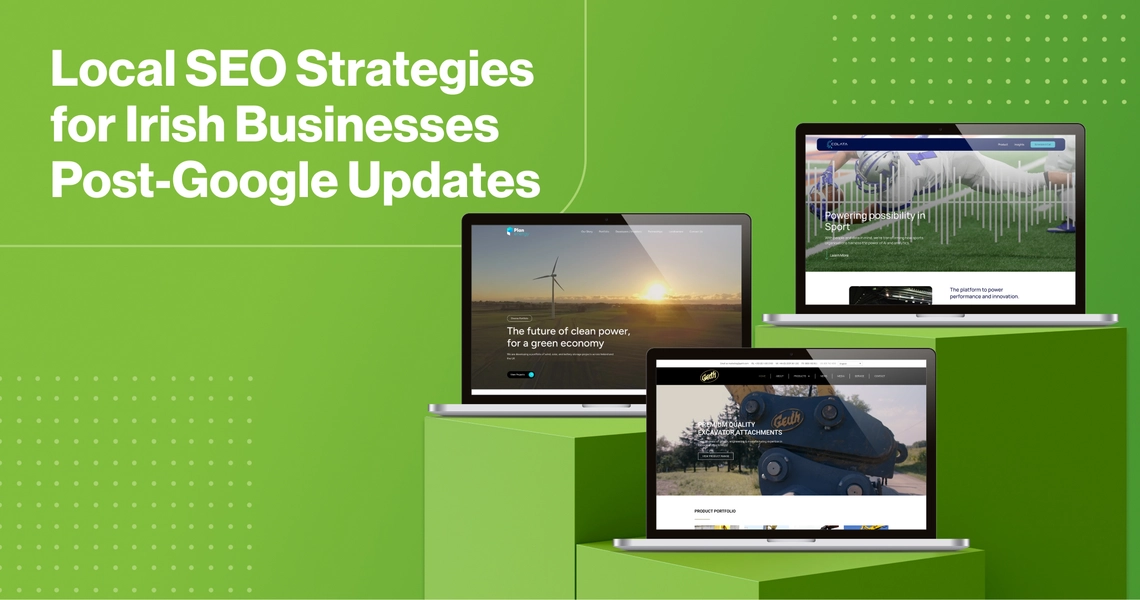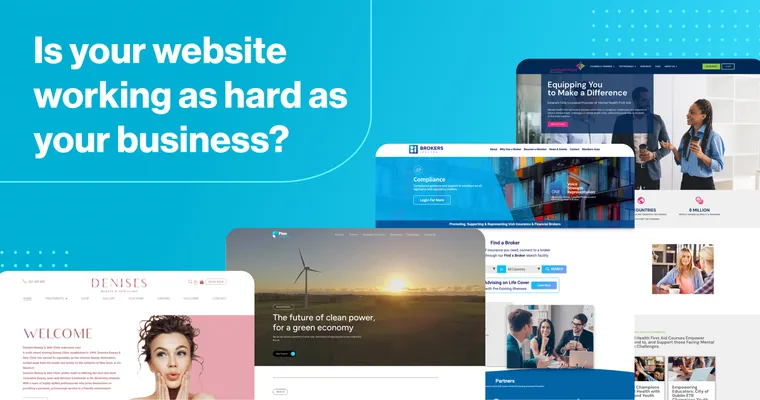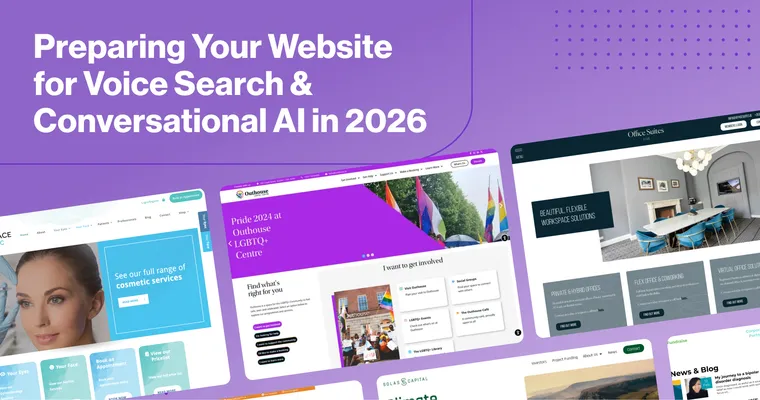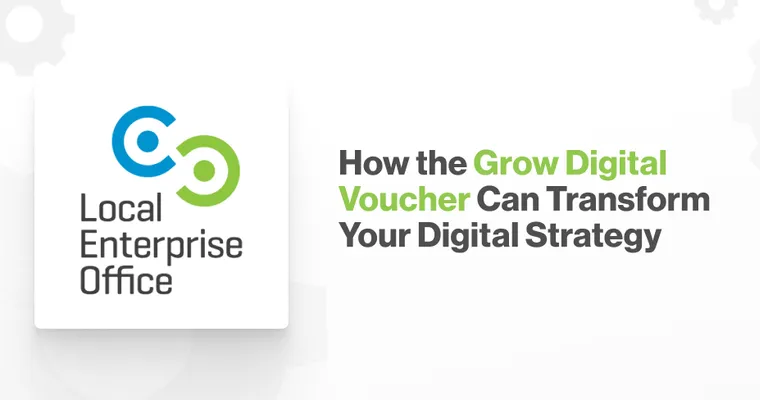Summary
Local SEO has never been more important for Irish businesses. With recent Google updates placing a higher emphasis on relevance, proximity, and trust, optimising for local search is essential to attract customers, generate high-quality leads, and increase foot traffic. By optimising your Google Business Profile, leveraging Local Services Ads (LSAs), and creating hyperlocal content, businesses can dominate local search results.
1. Optimise Your Google Business Profile (GBP)
Your Google Business Profile is the foundation of local search visibility. To make the most of it:
- Ensure your business name, address, phone number, and website are accurate and consistent.
- Select the most relevant business categories.
- Upload high-quality photos of your premises, products, and team.
- Encourage customer reviews and respond promptly to build trust signals.
- Use Google Posts to share updates, promotions, and events.
A well-maintained GBP helps your business appear prominently in Google Search and Maps, boosting visibility for nearby customers.
2. Leverage Local Services Ads (LSAs)
Local Services Ads are now available in Ireland and are ideal for service-based businesses such as plumbers, electricians, and cleaners. Key steps include:
- Create an LSA account and complete the verification process to appear at the top of Google Search.
- Target high-intent keywords like “plumber near me Dublin” or “electrician in Cork” to attract ready-to-buy leads.
- Track leads, performance, and ROI using the Google Local Services dashboard.
LSAs complement organic local SEO efforts by connecting you directly with customers actively searching for your services.
3. Create Hyperlocal Content
Hyperlocal content helps Google understand your relevance to specific towns, suburbs, or neighbourhoods. Best practices include:
- Publish blog posts about local events, news, or community initiatives.
- Use local keywords naturally, e.g., “best coffee shop in Ranelagh” or “web design services in Cork.”
- Highlight partnerships or involvement with local organisations.
- Add location-specific pages for multiple outlets, optimised with unique content and schema markup.
This approach strengthens your local presence and encourages engagement from nearby customers.
4. Build Local Citations and Backlinks
Consistency and authority are key for local SEO:
- Ensure your business is listed accurately across local directories like Golden Pages, Yelp, and TripAdvisor.
- Gain backlinks from local blogs, news sites, and associations.
- Monitor your citations to prevent inconsistent NAP (Name, Address, Phone) information, which can negatively impact rankings.
Strong local citations and backlinks improve trust signals and help your business rank higher in local search results.
5. Monitor, Measure, and Adapt
Local SEO is an ongoing process. Use tools like Google Analytics and Search Console to track traffic and performance.
- Monitor rankings for local keywords and adjust content as needed.
- Stay updated on Google algorithm changes, particularly those affecting the local pack.
- Compare performance metrics such as calls, direction requests, website clicks, and LSA leads to measure ROI.
Regular analysis and optimisation ensure your business remains visible and competitive in local search results.
FAQs – Local SEO Ireland
Q: What is the difference between Google Business Profile and Local Services Ads?
A: Google Business Profile (GBP) is a free listing appearing in Google Search and Maps, showing your business information and reviews. Local Services Ads (LSAs) are paid ads displayed at the top of local search results, designed to connect you with high-intent leads.
Q: Do hyperlocal keywords really improve local SEO?
A: Yes. Including town, suburb, or neighbourhood names in your content signals relevance to Google and helps your business appear in searches from nearby users.
Q: How often should I update my Google Business Profile?
A: Regular updates are essential. Post weekly, respond promptly to reviews, and refresh photos every few months to maintain engagement and trust.
Q: Can small Irish businesses compete with large brands in local SEO?
A: Absolutely. With hyperlocal content, optimised Google Business Profiles, and LSAs, smaller businesses can outrank national brands in local searches.
Q: How do I measure the ROI of Local SEO efforts?
A: Track metrics such as calls, direction requests, website clicks from Google Maps, and LSA leads. Comparing performance before and after optimisation helps evaluate ROI effectively.



